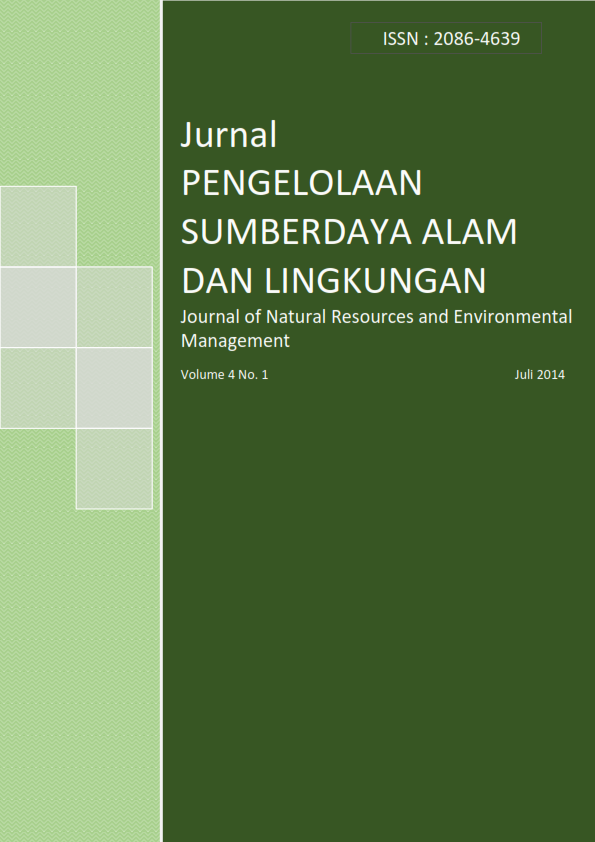ANALISIS RESIKO KESEHATAN PENCEMARAN LOGAM BERAT PADA AIR, SEDIMEN, DAN SIMPING (Placuna placenta) DI PESISIR KABUPATEN TANGERANG
Abstract
Waste containing heavy metals originating from human activity in Tangerang will go into the waters and tributaries of the Coastal District Tangerang. Heavy metals accumulate in bodies of water, sediment and biota scallop will go into the human body through exposure to direct dermal contact or intake. The purpose of this study to determine the public health risk due to exposure to heavy metals and formulate risk management that can be done. The approach taken by the USEPA methods of risk analysis and quantification of health risks from exposure to water and sediment using SEDISOIL risk analysis model developed by the National Institute of Public Health and Environmental Protection.. The results showed that in general water quality parameters are still below the quality standard by decree No. 51 of 2004 LH. Analysis of health risks for people who move directly (bathing, swimming, fishing) shows the value of RQ > 1, meaning that coastal communities at risk for adverse effects of exposure to heavy metals Pb, Cd and Zn. Similarly, the results of the analysis of risk through consumption of biota scallop, with RQ values > 1 and ECR > 10-4. It shows that scallop (Placuna placenta) is not suitable for consumption by the public, because the content of Pd , Cd, and Zn health risk for consuming.
Keywords: risk assessment, heavy metals, Tangerang District littoral
Authors
Authors who publish with this journal agree to the following terms:
- Authors retain copyright and grant the journal right of first publication with the work simultaneously licensed under a Creative Commons Attribution License that allows others to share the work with an acknowledgement of the work's authorship and initial publication in this journal.
- Authors are able to enter into separate, additional contractual arrangements for the non-exclusive distribution of the journal's published version of the work (e.g., post it to an institutional repository or publish it in a book), with an acknowledgement of its initial publication in this journal.
- Authors are permitted and encouraged to post their work online (e.g., in institutional repositories or on their website) prior to and during the submission process, as it can lead to productive exchanges, as well as earlier and greater citation of published work (See The Effect of Open Access).






